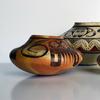Step Into the Cool, Calm Post-Impressionism of Paul Jean Martel in Palos Verde Art Center's Upcoming Online Exhibition
- August 23, 2020 17:35
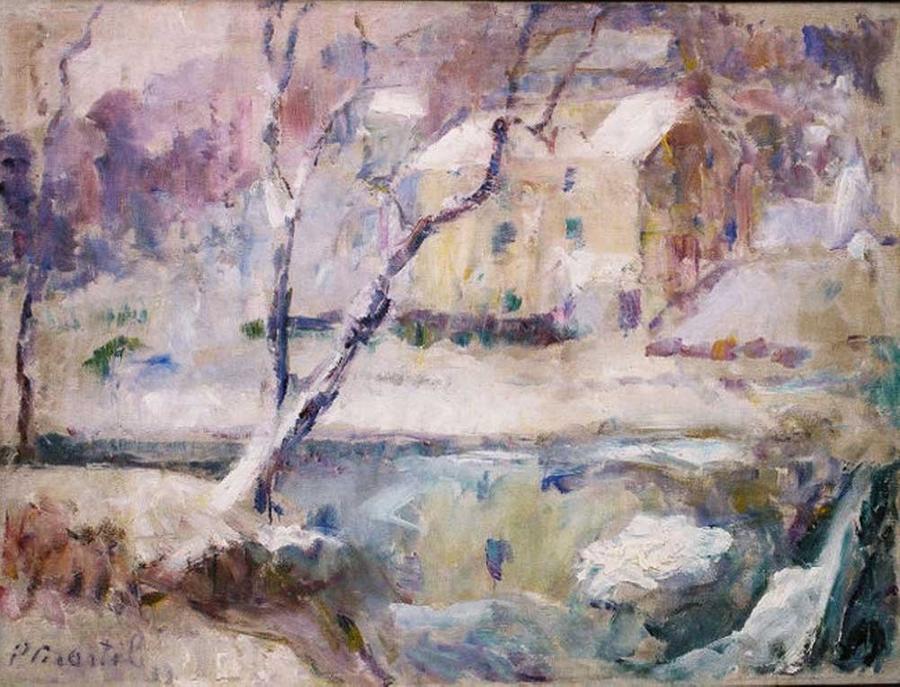
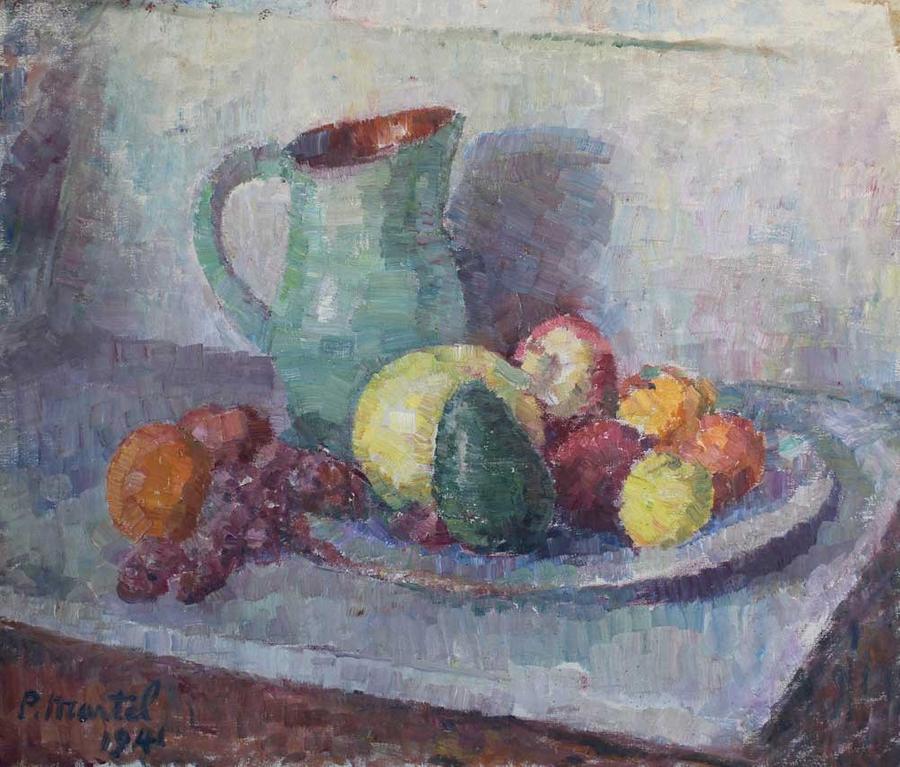
In Belgium, as we grew up, we learned to see things through the dampness of an atmosphere heavily laden with humidity and sun. We Flemish people have always painted the colour values in our air - in that respect I believe I follow the Flemish tradition. - Paul Jean Martel
California's Palos Verdes Art Center will present PAUL JEAN MARTEL (1879-1944) Post-Impressionist, an online exhibition featuring paintings by the noted Belgian-American artist. Presenting selected works from the artist's estate, the exhibition opens to the public on the PVAC website beginning September 8, 2020.
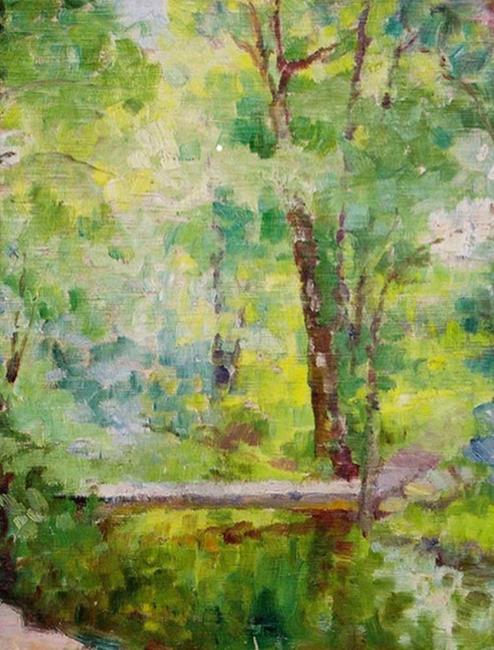
Paul Jean Martel is an artist who defies easy categorization. Equally rooted in the European traditions of the French and Belgian fin-de-siècle avant-garde and the academic realism of the early twentieth century Pennsylvania Impressionists, Martel's paintings reveal a life-long passion for the paint medium. Martel's oeuvre mirrors the dynamic evolution of European Modernism. With a nod to French Impressionism and Post-Impressionism, Belgian Neo-Impressionism, and the Nabis, Martel's stylistic influences are diverse. During his career, Martel exhibited alongside Mary Cassatt, Henri Matisse and Pierre Bonnard, among others. Inspired by the series paintings of Claude Monet, his interest began to shift from depicting the subject itself to a focus on the ephemeral atmosphere within which it was surrounded, which he attempted to capture over time in his paintings of Central Park in New York City, as well as in his more pastoral scenes of the countryside.
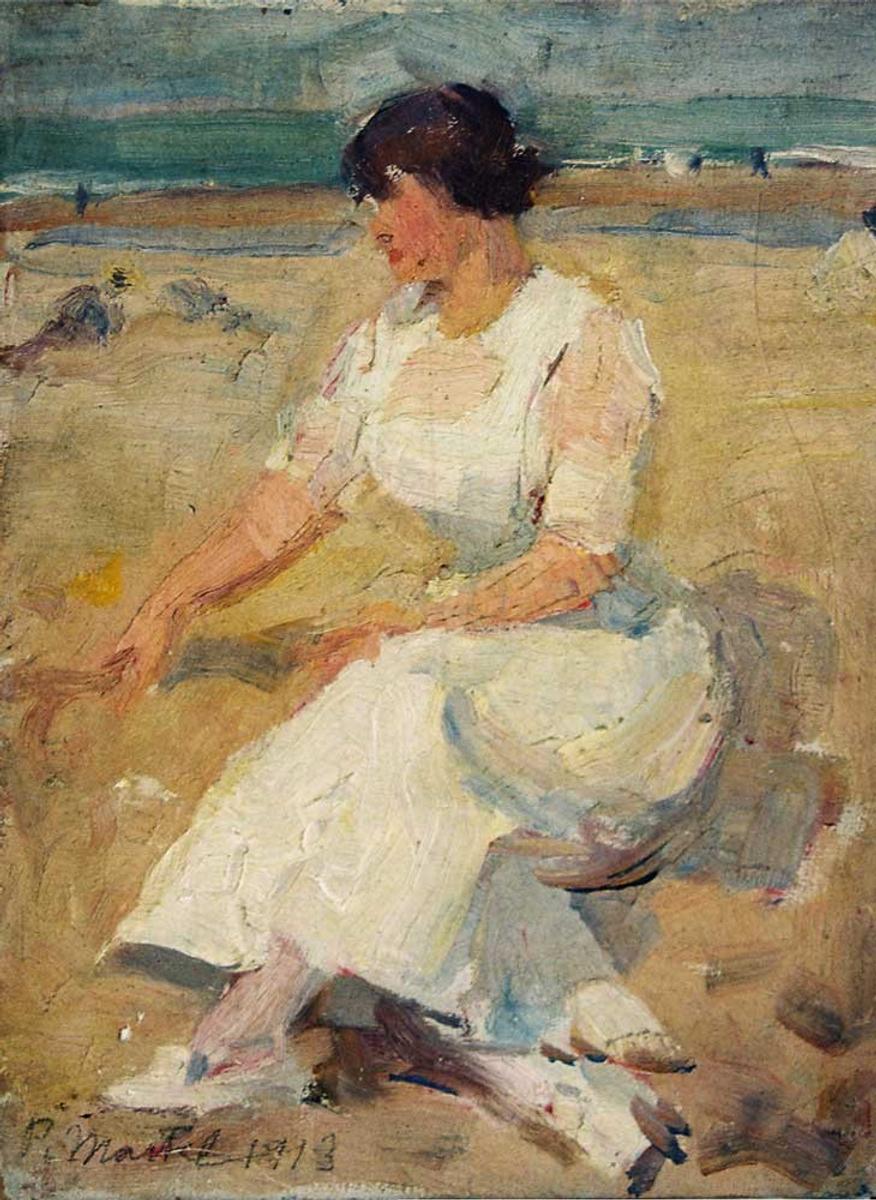
Martel's work is possessed of a strong sense of time and place; documenting a life lived on two continents. Born in Belgium in 1879, he moved to Philadelphia with his mother whose employer took an interest in his budding artistic talent. When Martel was sent to Belgium to study at the Academie Royale des Beaux-Arts de Bruxelles in 1897, he was exposed to an indigenous form of Impressionism, distinguished by a luminous color palette. In 1887, an avant-garde group of Belgian painters known as Les XX (The Twenty) had been instrumental in arranging the exhibition of Georges Seurat's Un Dimanche à la Grande Jatte in Brussels, introducing Neo-Impressionism and a Pointillist technique that became the signature style of Belgian artists Théo Van Rysselberghe and George Lemmen. Following their lead, Martel came to develop his own form of Pointillism, with which he continued to experiment over his lifetime.
After graduation, Martel returned to America in 1906 to study at the Pennsylvania Academy of the Fine Arts under Thomas Anshutz, a student of the great realist Thomas Eakins. It was there that he became associated with the Pennsylvania school of landscape painters, including Edward Redfield, Daniel Garber, Frederick Wagner and others known as the New Hope painters; a diverse group of artists working in the New Hope region of Bucks County. Several of Martel's paintings from that period exhibit the more realistic style of Impressionism favored by the group. Along with this notable group, Martel was an active and beloved member of the prestigious Philadelphia Sketch Club, America's oldest artist club, from 1908 until his death.
Despite his many stylist derivations, one thing remained consistent throughout Martel's career - color was always his muse. When interviewed about his work, Martel stated, "Colour to me, is the soul of painting."















